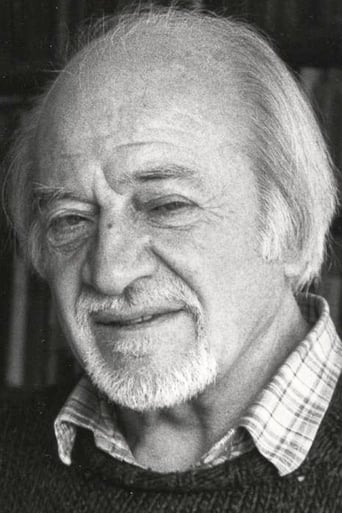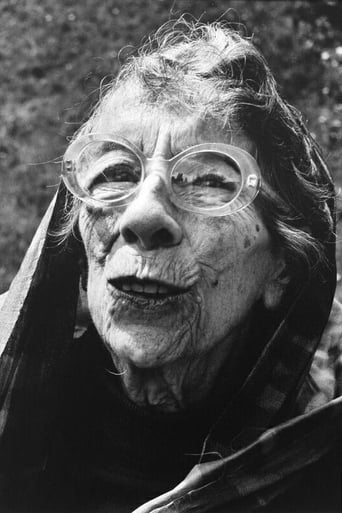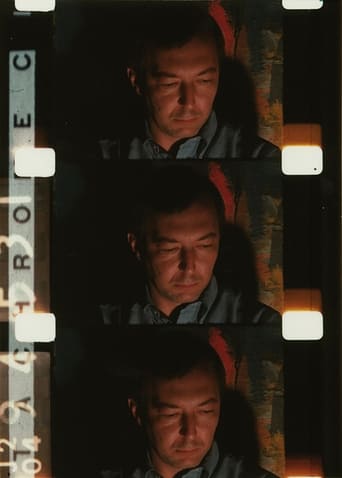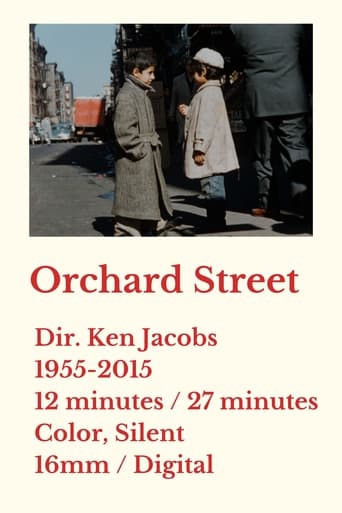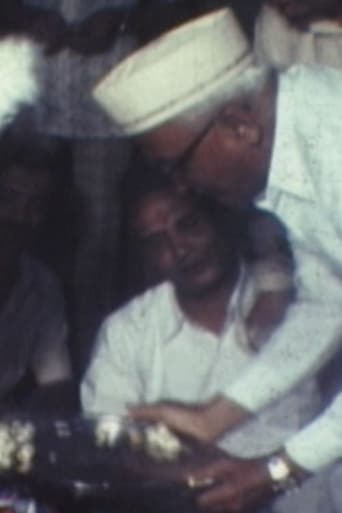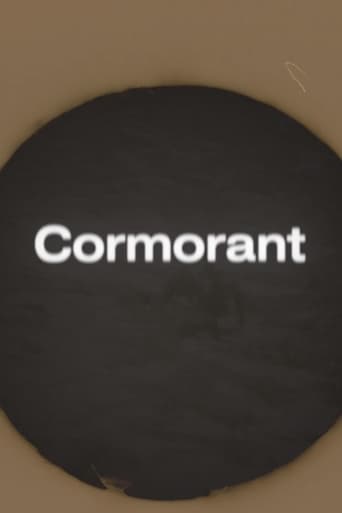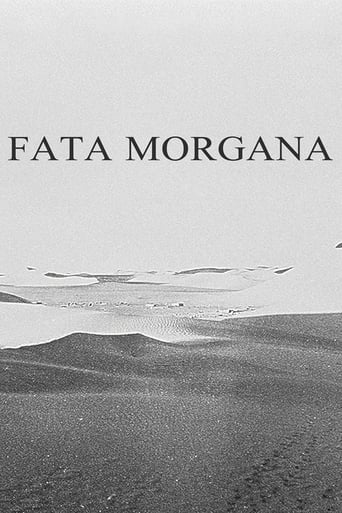
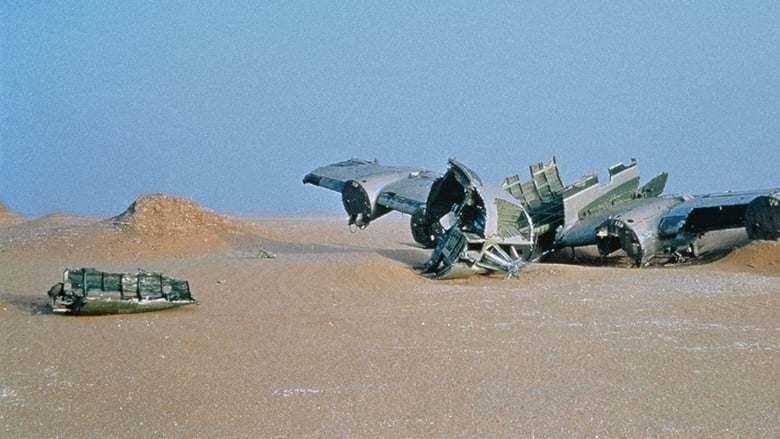
Fata Morgana (1971)
Shot under extreme conditions and inspired by Mayan creation theory, the film contemplates the illusion of reality and the possibility of capturing for the camera something which is not there. It is about the mirages of nature—and the nature of mirage.
Watch Trailer
Cast


Similar titles
Reviews
Fata Morgana may arguably be maverick German director Werner Herzog's most left-field work. This is saying quite a lot considering some of the oddities in his filmography. With this film he has outright made an experimental film and not, I hasten to add, a documentary. While this often has the feel of a documentary and some sequences evoke one, this resolutely is not intended to inform the viewer of facts in any traditional sense. In fairness, many of Herzog's fiction and factual films have crossed over with one another and his cinematic style often falls into the netherworld where these two distinct forms of film overlap. Herzog himself has stated that he makes no distinction between the two formats himself. In any case, Fata Morgana is possibly the most opaque and hard to classify of his films on account of its lack of any plot or obvious message.Set in the Sahara desert of North Africa, this is seemingly an attempt to evoke a perception of the Earth from the point of view of an alien, although you'll be doing very well indeed if you pick up on this yourself without being told about it. It's a very rhythmic film where images and music work alongside each other. There are a few long tracking shots which capture both the natural beauty and the ugliness humans create. The focus often moves onto other inert objects of the desert, such as dead animals (nature), a wrecked aircraft (humankind). Later on, there are appearances from an assortment of eccentric characters all of whom reside in this harsh land. The most memorable of these is a pianist and drummer who play a very strange form of music in a fully committed fashion. Herzog said that this middle-aged couple were the owners of a brothel, although tidbits like this can only be garnered from the commentary track; in fact, this is one of the very few films that might actually be better with the commentary track playing, as the ever fascinating Herzog himself offers much interesting info on this bizarre cinematic adventure.The term Fata Morgana itself means mirages and these are returned to several times. The film opens with a succession of edits of airplanes landing all shot from exactly the same angle and each time, the planes appear to land into the midst of a mirage. Later on, we witness a different mirage of a mysterious vehicle many miles away driving in what appears to be senseless circles in the middle of the desert. Divided into three parts – 'Creation', 'Paradise' and 'The Golden Age' – there is intermittent narration that recites excerpts from an ancient creation myth. There is also – unusually for Herzog – a selection of contemporary music accompanying the imagery, with a couple of tracks from Leonard Cohen, amongst others. In truth, it's all very baffling from a logical point-of-view and is very hard to interpret the meaning. But it has a certain hypnotic effect and, if you can somehow get into its very specific rhythm it's a film that can be appreciated. It's certainly not a film for everyone though and will even pose problems for some hardened Herzog fans. It's one I get more out of the more I watch it.
Herzog has produced works of genius. That's because he has incredibly trustworthy cinematic intuition, believes in forces that called be charmed forth and is unafraid to take deep risks in his quest for the hypnotic.He also has some interesting things to say about his work. But I advise you to _not_ listen to what he has to say because the subtlety and depth of his work is greater than his conscious insights.A man like this constantly works/ Some of his output is well formed, others just notebooks. This is the latter. It still has moments of wonder but the scope is very local. This is a collection of short form studies. During this period, he was also writing journals, several hundred pages of cinematic notes. Next years "Wrath" was where these ideas were coherently shaped.Ted's Evaluation -- 2 of 3: Has some interesting elements.
--- most of Herzog's films are best watched with the commentary. His overpowering germanesque English always 'pumps' up the importance of the events/images of his films. In the DVD commentary of this film Crispin Glover is invited along to give his thoughts also.I am very partial to Herzog's films. That said, I find this one toward the top of his heap. There is a certain 'rawness' to the structure and sequences of this film. I believe that most of it was shot during other projects and pieced from footage that was taken in the Sahara. The early parts of the film are the strongest images, the equivalent of moving paintings, showing care in subtle differences in the landscape. There is an erie science fiction quality to the early part of the film that might even be reminiscent of 'Dune'--- mostly for the desert images.The later part of the film is more about a human interaction with the landscape. These people are not actors but ordinary people that Herzog (i'm sure) told them to stand around acting weird--- or maybe genuinely acting foreign to what we know---- many of the people were being filmed for the first time (he loves sophisticating the natives--- tricking them with his modern equipment--- ---one bit of advice--- don't attempt to watch this if you have distractions around--- you have to be in a quiet mood to sustain watching it--- (even I have a hard time sitting through it)---hence my recommend of watching it with the commentary
Successful films on metaphysical subjects are rare, but Fata Morgana is a good case. You can chalk up the large subject to the ambitions of youth, but Herzog does an amazingly good job. The movie's point is to show human beings, and even the world, from a non-human point of view.The movie is in three parts: Creation, Paradise, and The Golden Age. The imagery of each is in counterpoint to the voice-over. Although the text of `The Creation' (from the Popol Vuh, a Mayan myth) refers to the primordial wasteland, the scene goes no further in illustrating the myth. It dwells on the waste, and on various specimens of destruction (fire, smoke, wrecked vehicles). The images from `Paradise' are anything but that, and `The Golden Age' is darkly comic the highest culture is the strange roadside musical act.The Popol Vuh suggests that mankind is the central object of creation, but the movie does everything it can to undo this notion. Its mythological framework has no referent in human historical time. There are no human characters to speak of. When a boy stands with a dog in an extended shot, the initial suggestion is of the boy's point of view; by the end it is much more the dog's. Likewise the lizard is a stronger character than the human who introduces it, and the turtle's partner barely looks human with his big flippers.Animal stories and nature documentaries always anthropomorphize, but Fata Morgana has none of that. Certainly the dunes look like a female body, but the simile cuts both ways. Presumably only humans can distinguish easily between their creation and nature, and here airplanes and factories are presented alongside mountains, lakes, and waterfalls. People and civilization are all part of a broader natural landscape.In 1979 Herzog put a new twist on the idea when he remade Nosferatu from the vampire's point of view.


